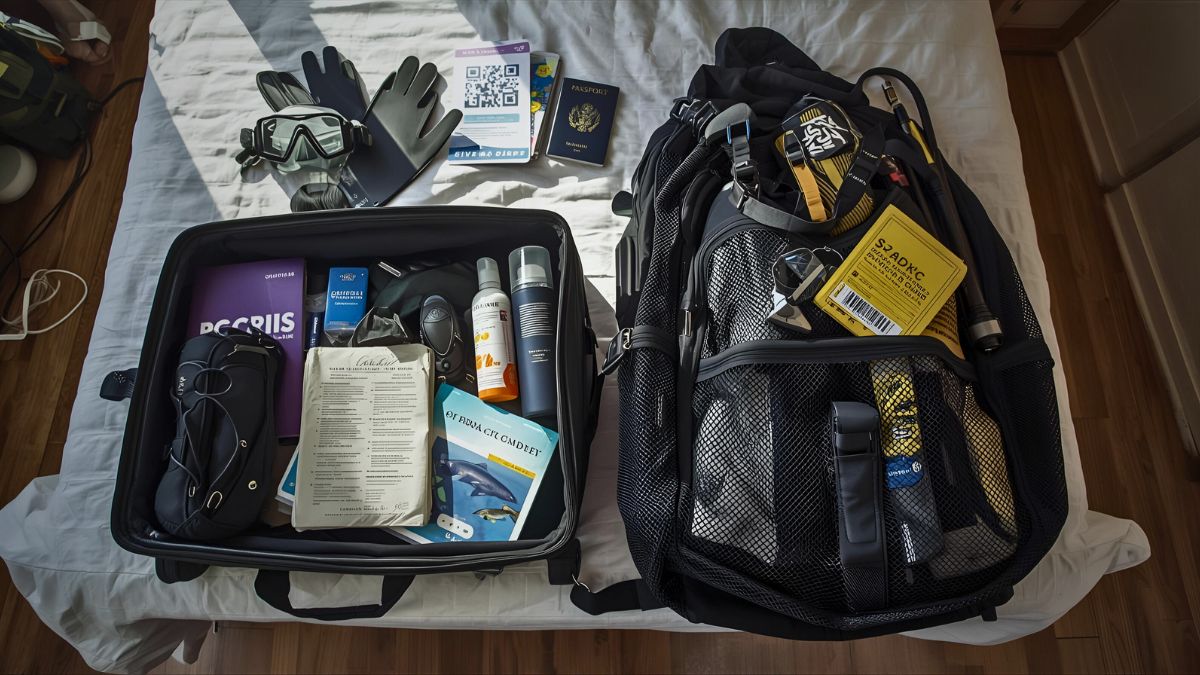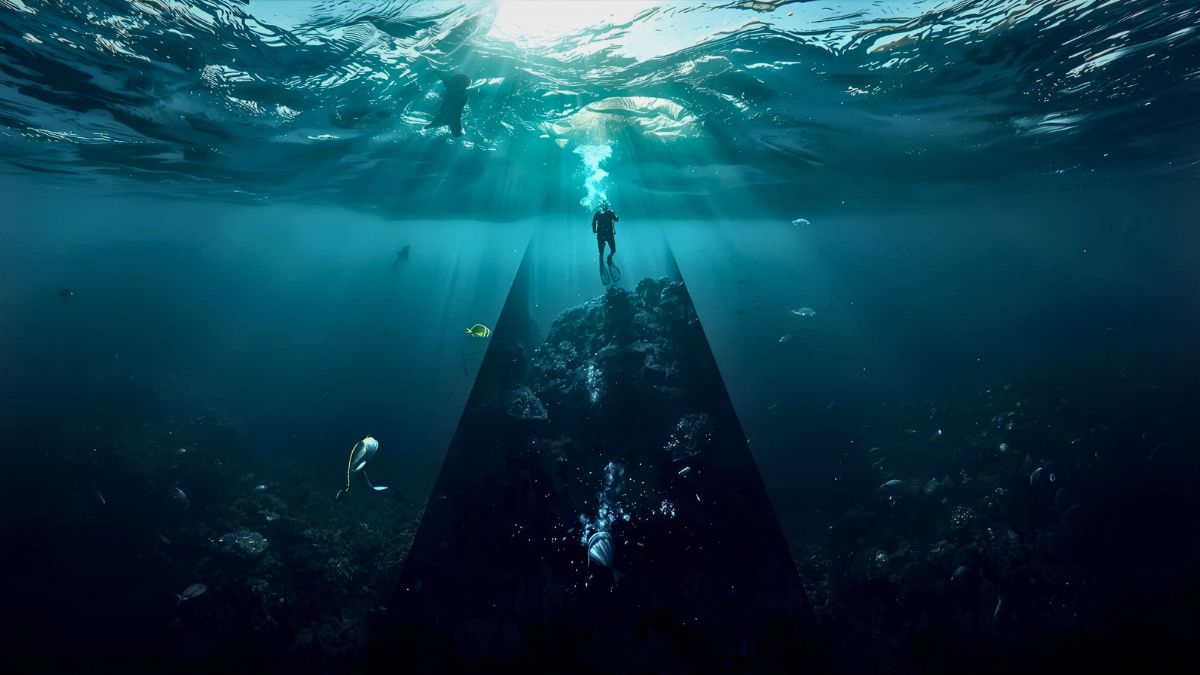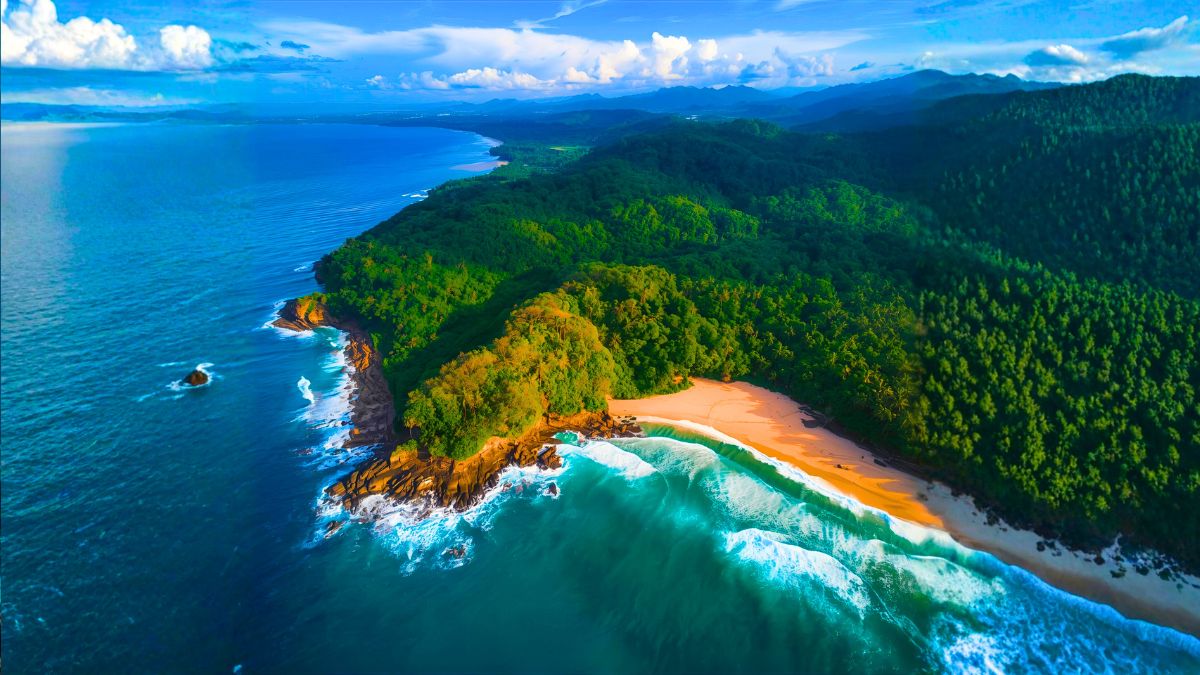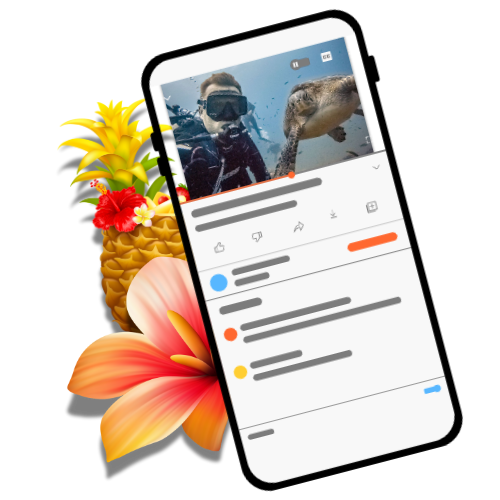So you’ve decided to explore the underwater world, congratulations! But now you’re staring at walls of masks, racks of fins, and displays of mysterious gadgets, wondering where to start.
Choosing your first scuba diving equipment isn’t about buying the most expensive gear. It’s about understanding what you actually need, what fits your body and budget, and what will grow with you as your skills develop.
In this guide, I’ll walk you through selecting scuba diving equipment as a beginner. You’ll know exactly what to buy first, what to rent, and how to make smart choices.
Hey, start with the first part of this guide: What is Scuba Diving? Complete Guide for Beginners (Part 1)
Understanding Essential Scuba Diving Equipment
Let’s break down scuba diving equipment into three categories:
Personal fit items touch your body directly: mask, snorkel, fins, and wetsuit. These should fit you perfectly.
Life support equipment includes your regulator, BCD (buoyancy control device), and dive computer. These are expensive and require regular servicing, so beginners often rent them.
Accessories and safety gear covers dive lights, knives, surface marker buoys, and equipment bags. Add these gradually.
What Scuba Diving Equipment Should I Buy First?
The Personal Fit Priority Rule
Start with what touches your face and feet. A leaking mask or uncomfortable fins can ruin an otherwise perfect dive.
Buy your mask, snorkel, and fins before your first certification course. These cost less than a BCD or regulator and having properly fitted gear makes learning easier.
Did you know? Most dive centers provide professionally serviced rental equipment, so you can focus on learning skills during your certification course.
Buy vs. Rent: Making Smart Decisions
Buy immediately: Mask, snorkel, fins and boots, wetsuit (if diving locally often)
Rent for now: BCD, regulator, tanks, weights
I rented my BCD for my first 15 dives. This let me try different styles before buying. Best decision ever.
How to Choose the Right Diving Mask
Your mask is your window to the underwater world. The key is fit, not brand or price.
What Makes a Good Diving Mask?
The suction test: Hold the mask against your face without the strap. Breathe in slightly through your nose. A well-fitting mask should stay on from gentle suction. If it falls off, try a different model.
Skirt material: Clear silicone feels open and lets in light. Black silicone reduces glare.
Tempered glass: Mandatory for safety. Never compromise on this.
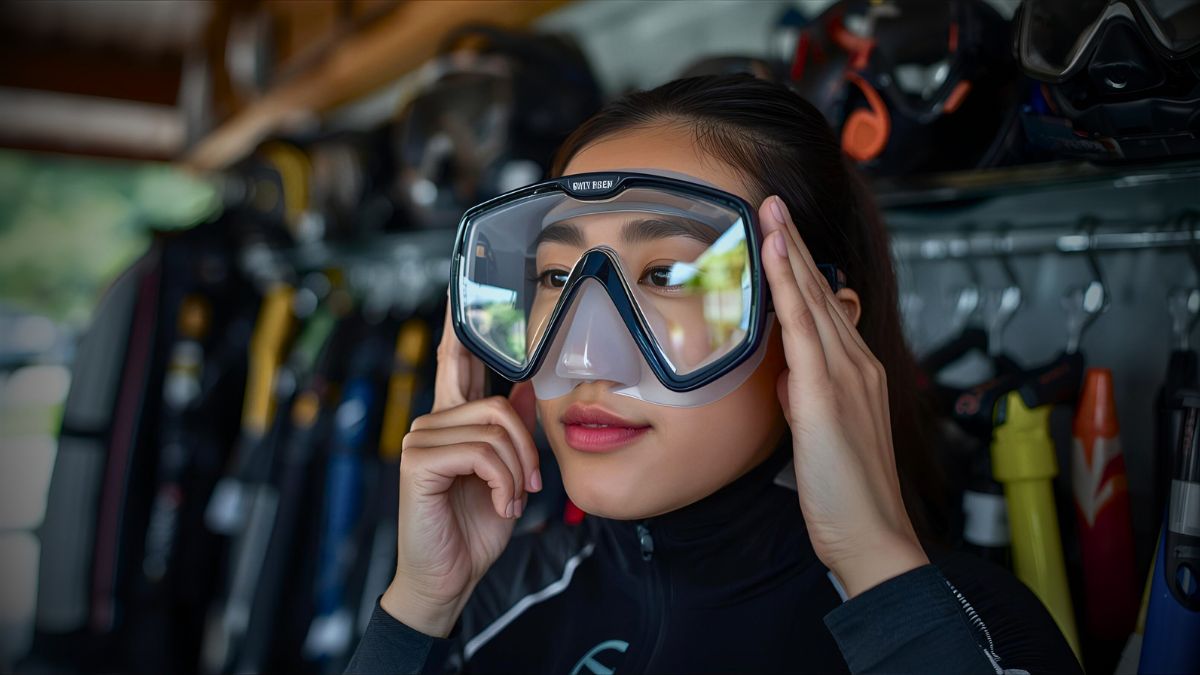
Common Mask Fitting Mistakes
Don’t buy online without trying it first. Avoid pulling the strap too tight, the skirt should seal from gentle pressure. If you need prescription lenses, many manufacturers offer custom options, or you can wear contact lenses while diving.
Learn more about choosing the perfect diving mask.
Which Fins Are Best for Beginner Divers?
Open-Heel vs. Full-Foot Fins
Open-heel fins require boots but are versatile for different water temperatures and protect your feet during shore entries.
Full-foot fins are lighter and more compact for travel but offer less protection.
For Costa Rica diving, either works beautifully. If diving in multiple locations, open-heel fins offer more flexibility.
How to Choose Fin Blade Stiffness
As a beginner, start with medium-stiffness blades. They balance power and comfort, reducing fatigue during hour-long dives.
Read our complete guide to buying fins.
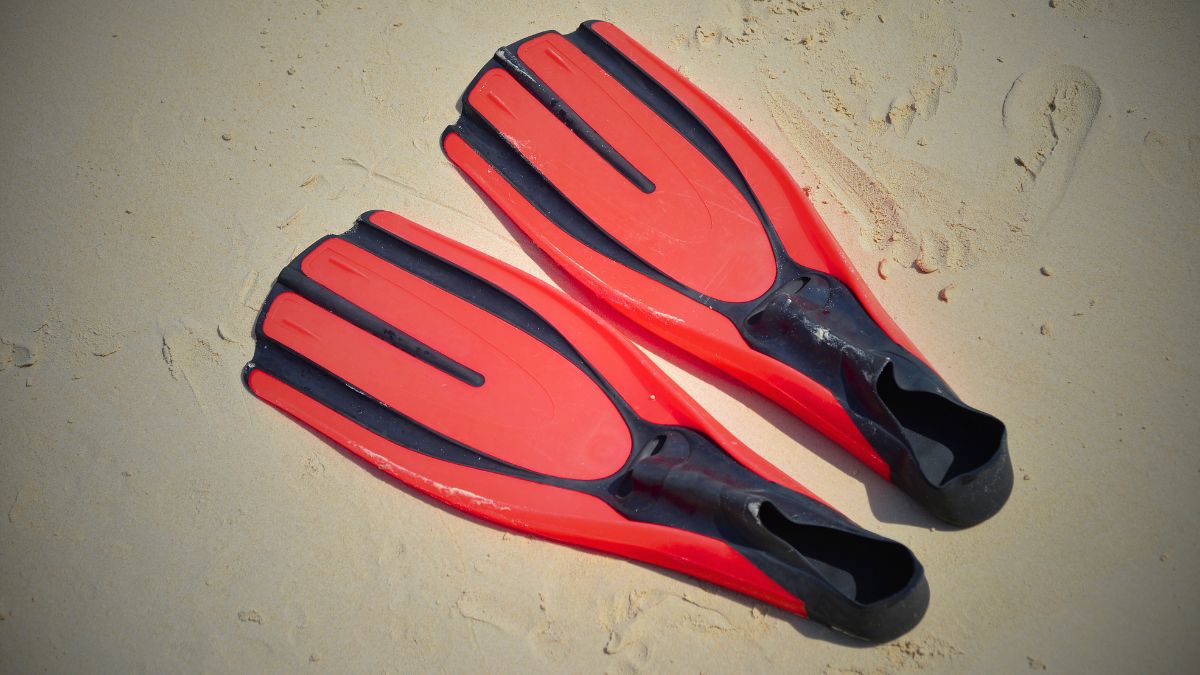
Choosing Your Wetsuit
Water conducts heat 25 times faster than air. Without thermal protection, even warm waters will eventually chill you.
What Wetsuit Thickness Do I Need?
Wetsuit thickness guide:
- 27-30°C (80-86°F): 1-3mm shorty or full suit
- 24-27°C (75-80°F): 3mm full suit
- 18-24°C (65-75°F): 5mm full suit, consider hood
- Below 18°C (65°F): 7mm suit or drysuit
Costa Rica averages 26-29°C year-round, making a 3mm wetsuit perfect for most divers.
How Should a Wetsuit Fit?
A wetsuit should fit like a second skin, snug but not restrictive. Check neck, wrist, and ankle seals. Try squatting and stretching while trying on suits.
For detailed guidance, read our article on choosing the best wetsuit.
Fun fact: A properly fitted wetsuit should take several minutes to put on. If it slides on easily in 30 seconds, it’s probably too loose.
Understanding Regulators
The regulator reduces high-pressure air from your tank to breathable ambient pressure. It’s your life support system.
What Does a Regulator System Include?
A complete set has: first stage (connects to tank), primary second stage (your mouthpiece), alternate second stage/octopus (backup for emergencies), and submersible pressure gauge (shows remaining air).
DIN vs. Yoke Connection
Yoke is most common worldwide, especially at tropical resorts. DIN offers more secure connection for technical diving.
For Costa Rica beginners, yoke is practical. Learn more about how regulators work.
How to Choose a BCD
The BCD controls buoyancy and holds your tank. It’s essential scuba diving equipment you’ll eventually own.
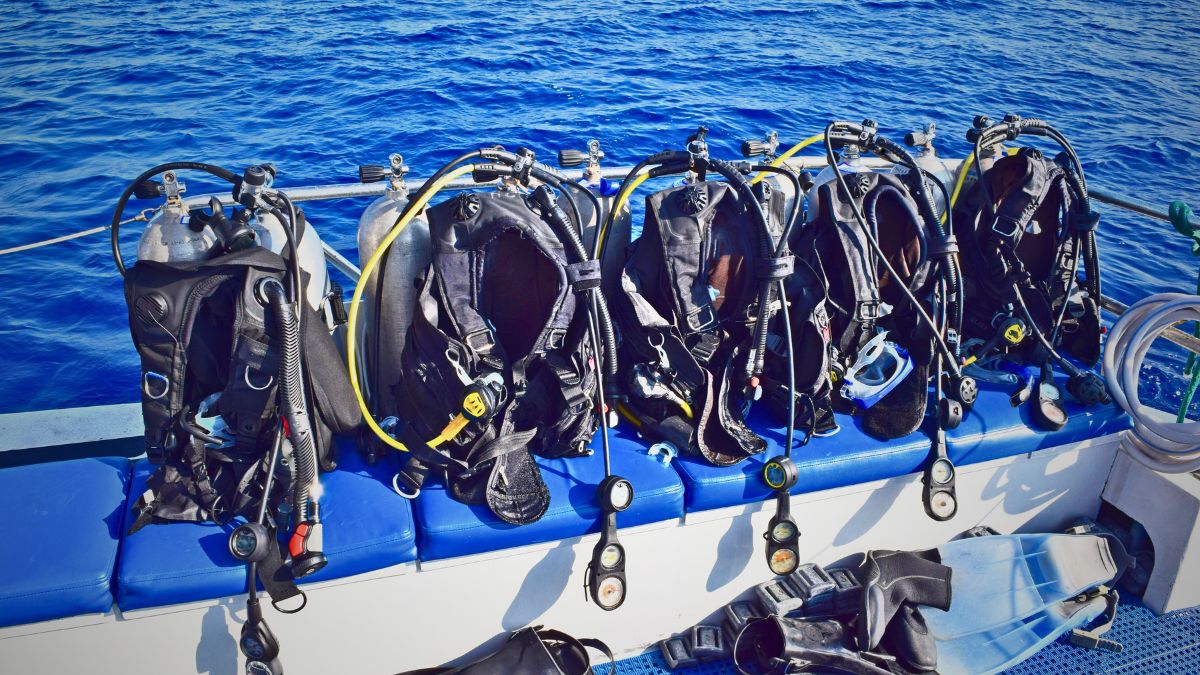
Jacket-Style vs. Back-Inflate
Jacket-style BCDs are comfortable and beginner-friendly with surface flotation on all sides.
Back-inflate BCDs create better underwater trim but require more skill.
Start with jacket-style. They’re forgiving and available everywhere.
Key Features for Beginners
Look for integrated weight pockets, adjustable straps, adequate lift capacity (12-24 lbs for tropical diving), and multiple dump valves.
Entry-level BCDs start around $300. The $400-500 range offers excellent quality. But rent first, try at least three styles before buying.
Check our guide on buying the perfect BCD.
Selecting Your First Dive Computer
A dive computer tracks depth, time, and ascent rate, preventing decompression sickness and extending bottom time.
Why Do I Need One?
Dive tables assume you’re at maximum depth the entire dive. A computer calculates actual nitrogen absorption, often giving you 10-20 extra minutes.
Buy a dive computer early, it’s a safety device that improves every dive.
Essential Features
Look for: clear large display, Nitrox compatibility, audible alarms, user-replaceable battery, and simple menus.
Wrist-mounted computers are convenient. Popular models include Suunto Zoop Novo ($300), Cressi Leonardo ($250), and Mares Puck Pro ($200).
Read our dive computer buying guide.
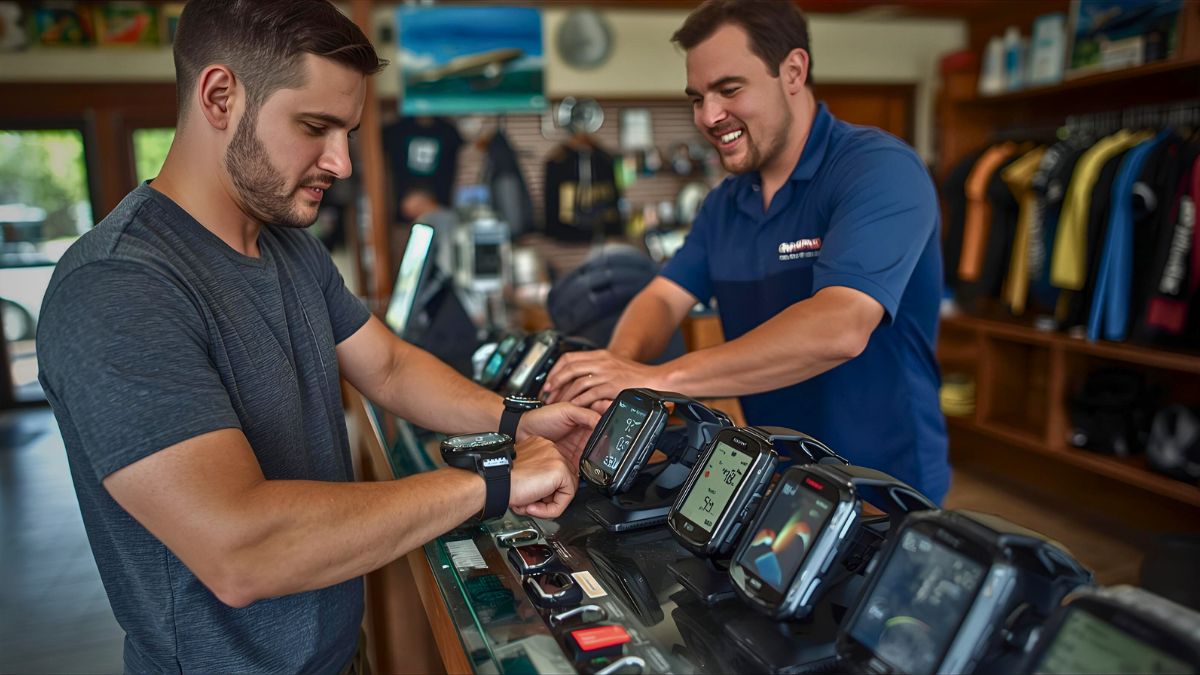
Additional Scuba Diving Equipment
Safety Equipment
Surface Marker Buoy: Signals your location to boats. Essential for drift diving.
Dive knife: For freeing yourself from fishing line, not fighting sharks.
Dive light: Critical for night diving and bringing out colors at depth.
Whistle: Loudest way to get surface attention.
Accessories
Mesh dive bag, logbook (physical or app), underwater slate, and backup dive watch round out your kit. Learn about dive logbooks and check our gift guide for divers.
How to Maintain Your Equipment
After every dive: Rinse everything in fresh water, hang wetsuits inside-out, drain BCD bladders.
Regular maintenance: Inspect o-rings, check straps and buckles, store in cool dry places.
Professional servicing: Regulators annually, BCDs annually, computers every 2-3 years.
Lazy maintenance costs money. A $30 o-ring became a $200 rebuild because I ignored servicing.
Read our guide on cleaning dive gear.
Common Equipment Mistakes to Avoid
Don’t buy everything immediately. Don’t prioritize brand over fit. Never skip the fit test. Don’t buy for “someday” diving. Don’t ignore maintenance requirements. Don’t fall for sales pressure. Don’t buy used equipment without expert inspection.
Did you know? The average recreational diver takes 3-4 years to build a complete equipment setup. There’s no rush!
Ready to Start Your Diving Journey?
Choosing the right scuba diving equipment doesn’t have to be overwhelming. Start with personal fit items: a well-fitting mask, comfortable fins, and boots. Rent BCDs and regulators while you learn. Invest in a dive computer early. Add a 3mm wetsuit for Costa Rica’s warm waters. Build your collection gradually.
Ready to dive? Join us for a PADI Open Water course in Costa Rica. Our instructors will guide you through equipment selection and show you the wonders of Marino Ballena and Isla del Caño.
Contact Costa Rica Divers today to start your diving adventure with the right gear and expert training.
Sources and references
This guide was created based on professional diving experience, equipment manufacturer specifications, and industry best practices. For additional information on scuba diving equipment standards and safety guidelines, please refer to:
- Mares – Diving equipment manufacturer specifications and product information
- Cressi – Scuba diving gear technical standards and equipment guides
- Scuba Diving Magazine – Equipment reviews and diving gear testing
- Many years of diving experience

